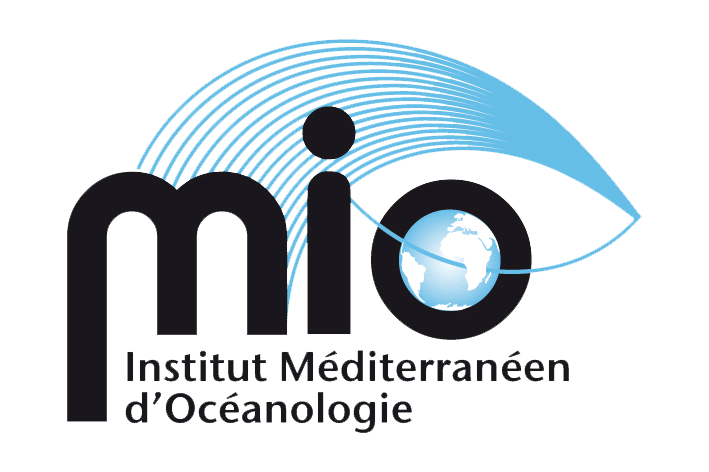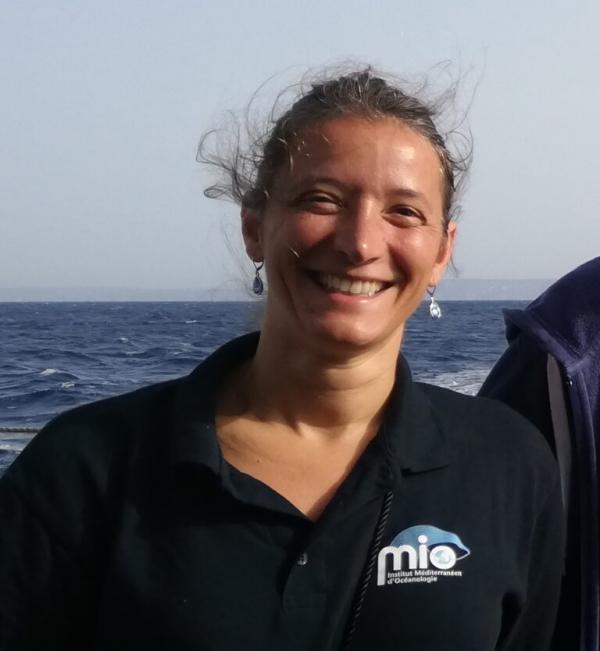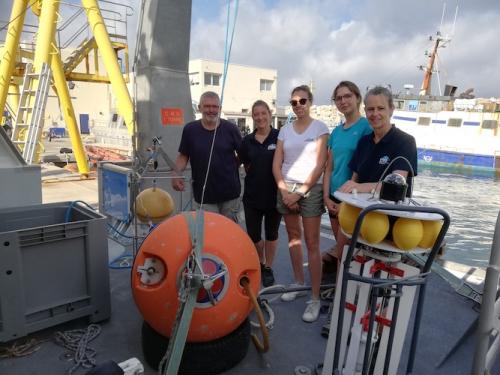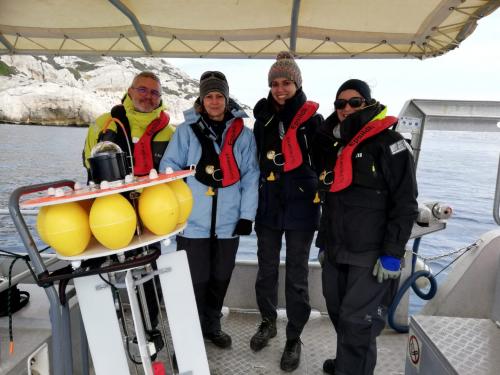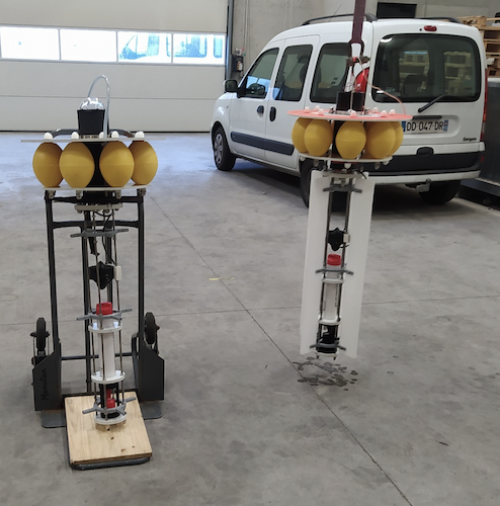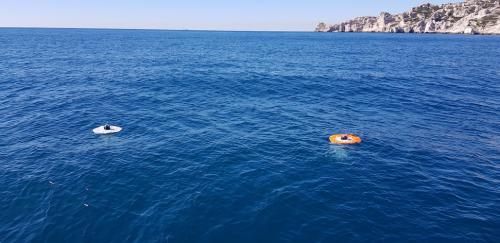FF-ADCP and CTD
The ADCP and CTD are two classic instruments for measuring the physical characteristics of the ocean. MIO researcher Stéphanie Barrillon explains how they work.
Stéphanie Barrillon
OCEANOGRAPHERS' INSTRUMENTS - Stéphanie Barrillon is a researcher at the Institut Méditerranéen d'Océanologie (MIO) CNRS/INSU in Marseille, France. Her research focuses on the study of ocean vertical velocities and their impact. During the BioSWOT-Med campaign, she will be responsible, among other things, for deploying and analysing ADCP and CTD data. She explains what they are and how they work.
What are your research interests?
I'm interested in understanding oceanic vertical velocities and their impact. These vertical velocities are present everywhere in the ocean but remain largely undetermined. Measuring them in situ is very difficult, not least because they are so weak. How can they be measured in situ and with what precision? How do they structure the vertical dynamics of the ocean? What impact do they have on the transport of nutrients to the surface and on carbon sequestration at the bottom of the ocean? The BioSWOT-Med campaign will certainly provide some answers to these questions...
The FF-ADCP was developed at MIO. How does it differ from other existing ADCP?
The ADCP (Acoustic Doppler Current Profiler) is a classic instrument for measuring ocean currents using acoustic beams and the Doppler effect. ADCPs are generally used to measure horizontal components, but we are now using them to measure the vertical component. In particular, new-generation ADCPs can have an additional vertical beam dedicated to this component.
ADCPs are either fixed to the bottom of the ship or deployed using a box attached to the ship, so their measurements are largely influenced by the ship's movements.
The idea behind the FF-ADCP (Free Fall ADCP) is to decouple the ADCP from the vertical movement of the ship: attached to the ship by a slack rope, the FF-ADCP falls freely, independently of the ship's movements. Thanks to this decoupling, and by using the vertical beam of the new-generation ADCP, the measurement of vertical velocities achieves an accuracy of a few mm/s.
As part of the BioSWOT-Med campaign, you will be in charge of the CTD. Can you tell us what this is all about?
The CTD (Conductivity, Temperature, Depth) probe is another classic oceanographic instrument that measures water pressure, conductivity and temperature. It is usually attached to a vertical mobile assembly that is electrically connected to the ship. This assembly contains many other instruments for measuring physical and biological observables in the water column, as well as Niskin bottles for sampling the water at different depths. Numerous profiles will be carried out using this array during the BioSWOT-Med cruise.
Contact: Tosca Ballerini
More information
Ready for the VVP test - Julio cruise (R/V Antédon II, June 2022)
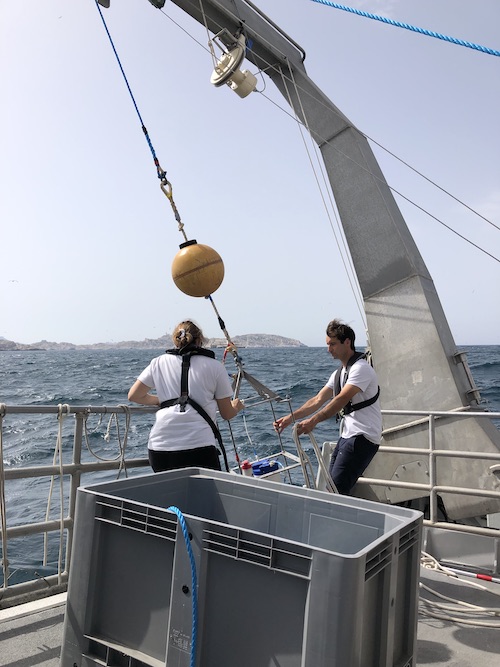
Deployment of the FF-ADCP (R/V Antédon II, June 2022)
New VVP prototype tested in the bay of Marseille, near Frioul Island (R/V Astroides, March 2023)
The two VVP prototypes ready (March 2023)
The two VVP prototypes tested together for the first time in the bay of Marseille, near the island of Frioul (R/V Astroides, March 2023)
